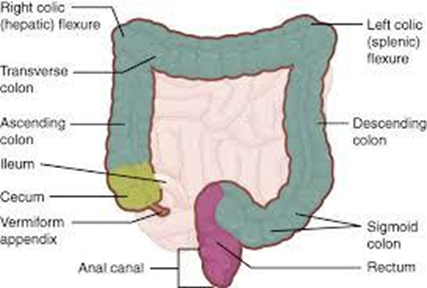Which of the following is the effect of a hypertonic solution on a red blood cell?
The volume of the cell decreases
The permeability of the cell membrane decreases
The permeability of the cell membrane increases.
The volume of the cell increases.
The Correct Answer is A
a. The volume of the cell decreases: When a red blood cell is placed in a hypertonic solution (solution with a higher concentration of solutes outside the cell compared to inside), water will move out of the cell through osmosis to equalize the concentration on both sides of the cell membrane. This movement of water causes the red blood cell to shrink (crenate).
b. The permeability of the cell membrane decreases: Incorrect. The permeability of the cell membrane to water remains relatively constant.
c. The permeability of the cell membrane increases: Incorrect. Osmosis is a passive process that doesn't require increased permeability.
d. The volume of the cell increases: Incorrect. A hypertonic solution will cause the cell to lose water and shrink.
Nursing Test Bank
Naxlex Comprehensive Predictor Exams
Related Questions
Correct Answer is B
Explanation
a. Splenic flexure: This is the bend between the transverse and descending colon on the left side, also known as the left colic flexure.
b. Right colic flexure: The hepatic flexure, also known as the right colic flexure, is the bend between the ascending and transverse colon near the liver.

c. Pontine flexure: This refers to a bend in the developing brainstem, not the colon.
d. Left colic flexure: This is another name for the splenic flexure, not the hepatic flexure.
Correct Answer is A
Explanation
a. Epiglottis: The epiglottis is a small flap of cartilage located above the larynx (voice box). During swallowing, the epiglottis folds down to cover the opening of the trachea, preventing food or drink from entering the airway and causing choking.

b. Vestibular fold: Vestibular folds are also known as false vocal cords. They do not play a major role in preventing food or drink from entering the airway.
c. Uvula: The uvula is a small, fleshy projection hanging from the back of the soft palate. It does not directly cover the trachea during swallowing.
d. Cricoid cartilage: The cricoid cartilage is a ring-shaped cartilage located at the base of the larynx. It provides structural support and does not move significantly during swallowing.
Whether you are a student looking to ace your exams or a practicing nurse seeking to enhance your expertise , our nursing education contents will empower you with the confidence and competence to make a difference in the lives of patients and become a respected leader in the healthcare field.
Visit Naxlex, invest in your future and unlock endless possibilities with our unparalleled nursing education contents today
Report Wrong Answer on the Current Question
Do you disagree with the answer? If yes, what is your expected answer? Explain.
Kindly be descriptive with the issue you are facing.
